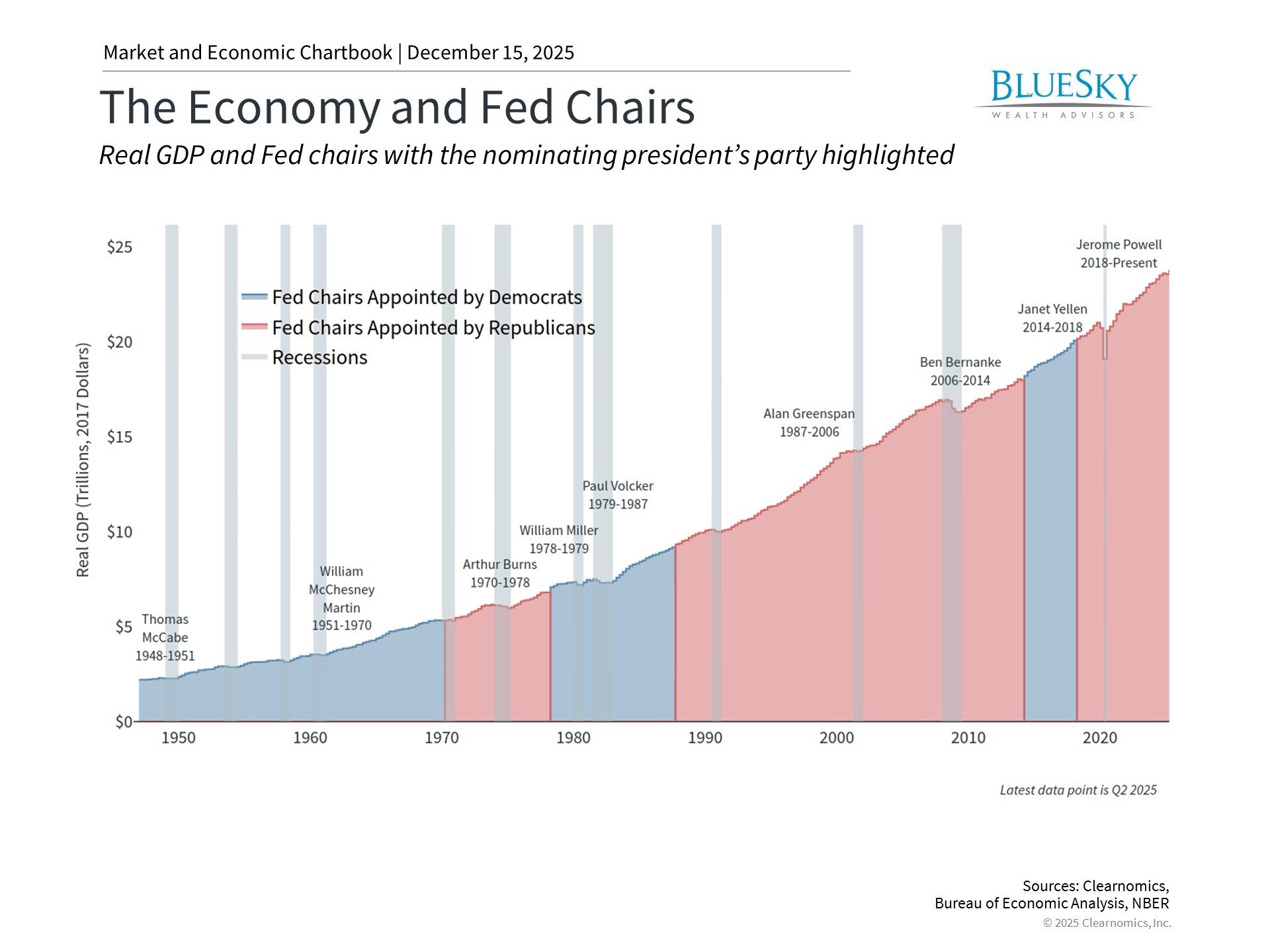BlueSky Senior Wealth Advisor John Gjertsen CFA, CFP®, EA is located in Acworth, Georgia.The beginning of a calendar year is the perfect time for employees to re-evaluate their strategy for saving in a retirement plan, such as a 401(k). With limits that frequently change and a complicated array of tax and plan rules, taking full advantage of employee benefits can sometimes be a tricky proposition.
In 2019, the annual deferral limit for 401(k)s is $19,000. Those turning 50 or older in 2019 have an extra $6000 of catch-up contributions for an annual limit of $25,000. But the total limit of what employees and employers can contribute is much higher: the lesser of 100% of salary or $56,000.
Don’t leave employer matching on the table
Typically, a plan will have a matching formula, like 100% of the first 3% of salary deferred, and 50% of the next 2%. However, the “salary” that is being matched is the lesser of actual salary or $280,000. The trick with the match is that most plans stop matching after the employee stops contributing, which is usually forced after their annual deferral limit is reached. For example, an employee age 45 making $250,000 defers 10% into the 401(k). The employer match in this example could pay up to 4% of the salary limit, or 4% x $250,000 = $10,000. But because the employee’s deferrals stop in early October, after the $19,000 limit is reached, the matching stops as well, short of its maximized value. The smarter thing to do is make sure that every paycheck has a 401(k) deferral (and match) by calibrating the deferral amount to the level of compensation.
It doesn’t always work this way
Some plans contain a “true-up” provision which retroactively applies the match to the total compensation (or compensation limit) and contributes a “matching” contribution whether or not there is a corresponding employee contribution.
Some plans do not stop employee contributions at $19,000 (or $25,000), but automatically allow contributions above this limit to be after-tax contributions. In some cases, these after-tax contributions can even be converted in-service into a Roth IRA, providing an excellent savings strategy.
Some plans have a plan-imposed dollar limit on matching contributions that is less than the percentage match applied to the compensation limit.
Every plan, however, has a Summary Plan Description which spells out all the rules of the plan. January is a great month to dust off this plan (figuratively; it’s probably digital) and figure out how to make the most of your retirement savings.
